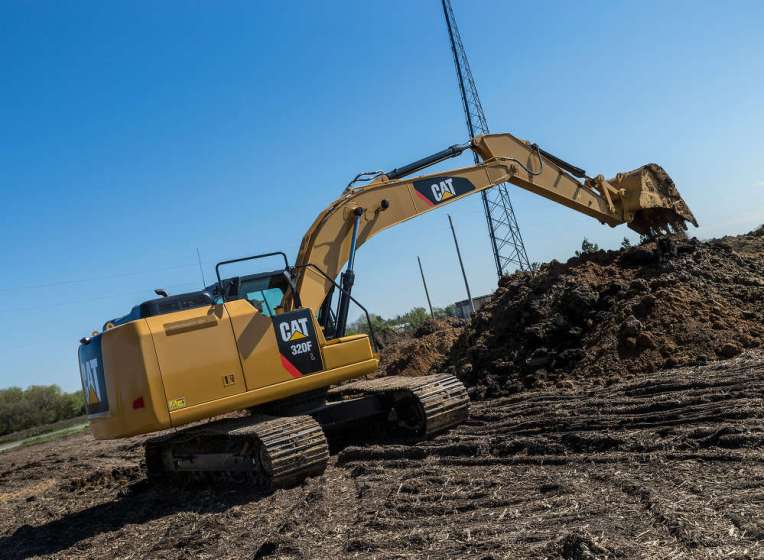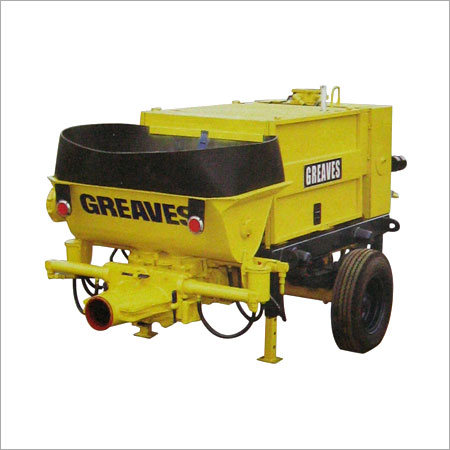 People associated with the construction industry are aware that this industry requires huge sums of money for smooth running the business. From small developers to big infrastructure companies often look for the way to reduce the cost of the business and make more profit.
People associated with the construction industry are aware that this industry requires huge sums of money for smooth running the business. From small developers to big infrastructure companies often look for the way to reduce the cost of the business and make more profit.
Heavy construction equipment adds a huge amount of cost and even after purchasing these machines, developers’ need a lot of money for making it run. After buying construction machines, two major costs involve with it, one is fuel cost and another is maintenance cost.
To save the huge cost of fuelling, the end-user customers started realising the need of advanced technology to save fuel cost, which made the way for construction equipment manufactures to think beyond the traditional ways of making the machines.
There are two reasons for looking for fuel efficient machines, one is to save fuel cost another is environment, these two leads to the widely discussed subject across the world.
Therefore, all the fuel efficient machines help the owner to save money which goes into fuel expenses. Before 2015, when oil price was touching the sky, at that time running the CE would have cost more than now, so it is always better having the fuel-efficient machines in longer run.
Due to need and more demand from end-users of fuel-efficient equipment, construction equipment manufactures started realising its demand and started working on technology which consumes less fuel, give higher productivity and profitability.
So, many companies have come with different innovative solutions to meet the customers’ expectations.
Country’s leading CE Company, JCB has developed fuel efficient ecoMAX engine, which results in saving substantial amount of fuel. It’s also designed to adopt Indian conditions and emission norms of Indian government. Now JCB uses highly efficient JCB ecoMax T4i engine that is being used in most of the JCB machines.
JS120 excavator of JCB is claimed to be one of the most fuel-efficient product, it is powered by a 4 cylinder JCB ecoMax engine.
Volvo EC160E is the newest E-series crawler excavator; it featured with Tier 4 final D4 engine which is very fuel-efficient compared to its earlier model. It’s two other EC380D and EC480D excavators are also fuel-efficient. CAT claims its 320D/D L series 2 hydraulic excavators is 15% more fuel efficient.
Sweden based Construction equipment company Huddig has developed a technology called ‘Tigon Technology’, the technology gives Huddig’s Backhoe Loader higher efficiency, improved performance and lower fuel consumption.
Hybrid hydraulic excavator series of Hitachi ZH200-5B gives superb fuel efficiency with better working performance as compared to its standard model ZX200-5B.
Various leading CE companies are making fuel-efficient products to save the cost of running a construction business.
The above examples show, how CE companies started meeting the consumer demand and regularly coming up with new technologies.

 In the field of engineering concrete pump is considered as a one of the crucial machine, this equipment make use of transferring liquid concrete through pumping for better quality of roofing and concreting any structure.
In the field of engineering concrete pump is considered as a one of the crucial machine, this equipment make use of transferring liquid concrete through pumping for better quality of roofing and concreting any structure. Backhoe loader, the one of the crucial heavy engineering machine and versatile Earthmoving equipment across the construction sites and is the most usable machine at mining sites.
Backhoe loader, the one of the crucial heavy engineering machine and versatile Earthmoving equipment across the construction sites and is the most usable machine at mining sites. Finally, Rs 16000 crore Navi Mumbai International Airport (NMIA) project is set to take off after the monsoon as the nodal agency City and Industrial Development Corporation (Cidco) started awarding the projects for developing airport land before final construction of airport beings.
Finally, Rs 16000 crore Navi Mumbai International Airport (NMIA) project is set to take off after the monsoon as the nodal agency City and Industrial Development Corporation (Cidco) started awarding the projects for developing airport land before final construction of airport beings. To improve the urban infrastructure, Maharashtra government has decided to develop 10 cities of the state on the lines of Smart Cities Mission, including Pune and Solapur, which have already selected in the first list of 20 smart cities by the centre.
To improve the urban infrastructure, Maharashtra government has decided to develop 10 cities of the state on the lines of Smart Cities Mission, including Pune and Solapur, which have already selected in the first list of 20 smart cities by the centre. The Southern state of the country, Tamil Nadu has topped the list in adding record capacity of Renewable Energy (RE) in the state, which is projected to reach even 72 percent of its peak demand by 2022, said a joint study of ASSOCHAM-Ernst & Young earlier this month.
The Southern state of the country, Tamil Nadu has topped the list in adding record capacity of Renewable Energy (RE) in the state, which is projected to reach even 72 percent of its peak demand by 2022, said a joint study of ASSOCHAM-Ernst & Young earlier this month. ining sectors, the more infra and mining activities takes places the demand of tipper will go up automatically.
ining sectors, the more infra and mining activities takes places the demand of tipper will go up automatically.